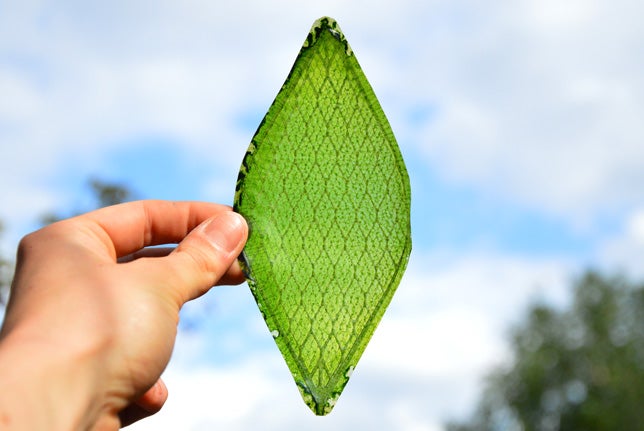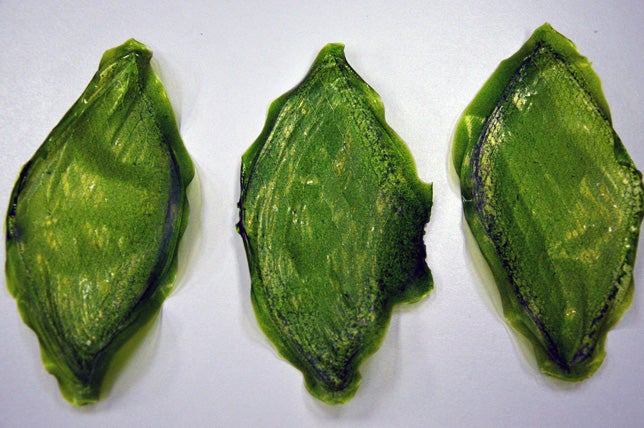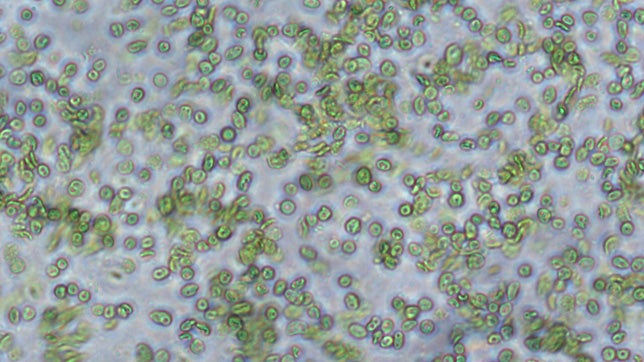'World's first man-made leaves' could use photosynthesis to help astronauts breathe
The Silk Leaf project uses chloroplasts from real plants suspended in silk proteins to create a hardy vehicle for photosynthesis

Your support helps us to tell the story
From reproductive rights to climate change to Big Tech, The Independent is on the ground when the story is developing. Whether it's investigating the financials of Elon Musk's pro-Trump PAC or producing our latest documentary, 'The A Word', which shines a light on the American women fighting for reproductive rights, we know how important it is to parse out the facts from the messaging.
At such a critical moment in US history, we need reporters on the ground. Your donation allows us to keep sending journalists to speak to both sides of the story.
The Independent is trusted by Americans across the entire political spectrum. And unlike many other quality news outlets, we choose not to lock Americans out of our reporting and analysis with paywalls. We believe quality journalism should be available to everyone, paid for by those who can afford it.
Your support makes all the difference.The 'world’s first artificial leaves' that incorporate chloroplasts extracted from plants to produce oxygen could be used to keep astronauts breathing on long space journeys.
The leaves, created by Royal College of Art student Julian Melchiorri, absorb water and carbon dioxide just like real plants but are made from tough silk proteins that could let them survive space voyages.
Melchiorri, who was interviewed by design site Dezeen, explains: "NASA is researching different ways to produce oxygen for long-distance space journeys to let us live in space. This material could allow us to explore space much further than we can now."


The Silk Leaf project was engineered in collaboration with Tufts University silk lab, which helped Melchiorri extract chloroplasts from real leaves and suspend them in a silk matrix.
"The material is extracted directly from the fibres of silk," explains Melchiorri. "This material has an amazing property of stabilising molecules. I extracted chloroplasts from plant cells and placed them inside this silk protein. As an outcome I have the first photosynthetic material that is living and breathing as a leaf does."
Chloroplasts are the parts of plant cells that conduct photosynthesis, using the energy of the sun to turn carbon dioxide and water to create glucose and oxygen.
Melchiorri’s creations are currently more conceptual than practical (the efficiency of the photosynthesis process hasn’t been tested for one) but he hopes they could be used in all manner of futuristic architectural projects, perhaps even deploying giant leaves as air filters, hanging them on the exterior of buildings to absorb CO2 and channel fresh air inside.
Join our commenting forum
Join thought-provoking conversations, follow other Independent readers and see their replies
Comments